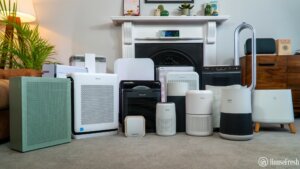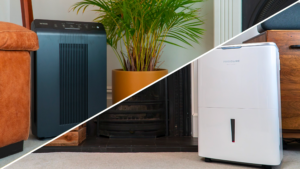Dehumidifiers do an excellent job of keeping your home feeling comfortable, but they also improve the air quality, combat mold and mildew, and prevent the wooden features within your home from being warped or damaged by moisture. That said, dehumidifiers are large appliances and, as such, draw electricity. But just how much electricity does a dehumidifier use? The answer might surprise you.
In this article, we will explain how much electricity dehumidifiers use and explain a few ways that you can save energy when using your dehumidifier.
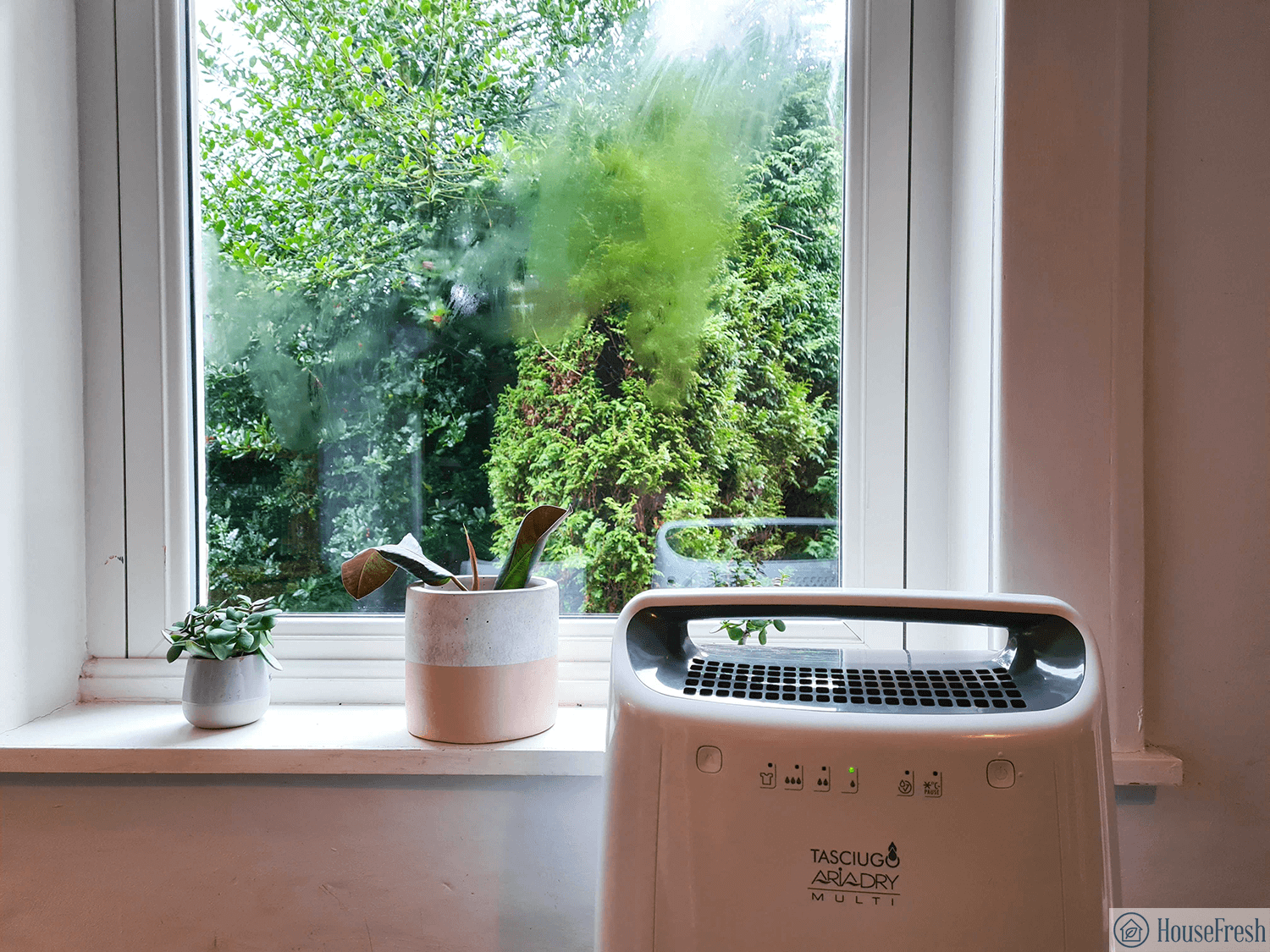
Does a dehumidifier use a lot of electricity?
You might be surprised to learn that despite their size, dehumidifiers don’t actually consume much electricity, especially modern units, which have become increasingly energy-efficient over the past few decades. On average, modern consumer dehumidifiers only use between 300 and 700 watts of electricity depending on their size and capacity.
By comparison, a home water heater uses around 12,000 watts on average, while air conditioners and washing machines each use between 3000-3500 watts (depending on their size and manufacturer). In fact, even toasters and microwaves use somewhere between 1100-1500 watts of electricity, meaning that dehumidifiers are actually one of the most energy-efficient home appliances you can buy.

How much electricity does your dehumidifier consume?
Okay, so we’ve seen that on average, dehumidifiers are among the most energy-efficient home appliances, but that said, there is certainly still a range of energy consumption, and just because the average dehumidifier doesn’t draw much electricity, that doesn’t necessarily mean that your specific unit is energy efficient. So, how can you tell how much electricity your dehumidifier consumes?
There are a few ways to figure that out.

First and foremost, the energy efficiency will be listed somewhere on your unit. For modern units produced within the past decade or so, this information should be conveniently available on an energy-efficiency sticker located on the front or back of the unit. However, if you have an older machine, or your dehumidifier simply does not have an energy efficiency sticker, then you should still be able to find the wattage either on the back or bottom of the unit.
Additionally, you can buy an energy usage monitor for a little extra cost. These are easy to use and give you an accurate reading of how much energy your unit draws.
If you want to know how much a dehumidifier is likely to cost you in electricity daily or even annually why not use our calculator:
Here are a few top-selling units so you can make a comparison in running cost using our calculator.
| Model | Water Removed Per Day | Power | |
| Ebac 3850e | 21 liters | 160w | |
| De’Longhi DEX214F | 14 liters | 195.6w | |
| Honeywell TP30WKN | 14 liters | 298w | |
| Midea 50 Pint | 24 liters | 425w | |
| hOmelabs 50 Pint | 24 liters | 748w |
How to save energy with a dehumidifier
Even though dehumidifiers are incredibly energy efficient, there are still a few ways that you can make them even more eco-friendly. So, let’s go over a few of the ways that you can save money on electricity while operating your dehumidifier.
The right unit for the job
The ultimate way to save energy is by using the right dehumidifier for the space. If you’re trying to remove moisture from a large room or particularly humid space with a small unit, it will have to work overtime to make a small dent in the issue whilst using every ounce of energy it can muster. Also, using a large unit in a small room will be overkill, wasting energy unnecessarily.
Check out our What Size Dehumidifier Do I Need? guide where we go into depth and answer any niggling questions you have.
Correct placement near the source of the humidity
A great way to increase the efficiency of your dehumidifier is to place the unit close to the source of the humidity. For example, if it’s a hot summer day and you have a window open, try to place the dehumidifier close to that window; this way, you’ll be catching the humidity right away, and the dehumidifier won’t need to work as hard cycling all of the other air in your home which isn’t particularly humid.
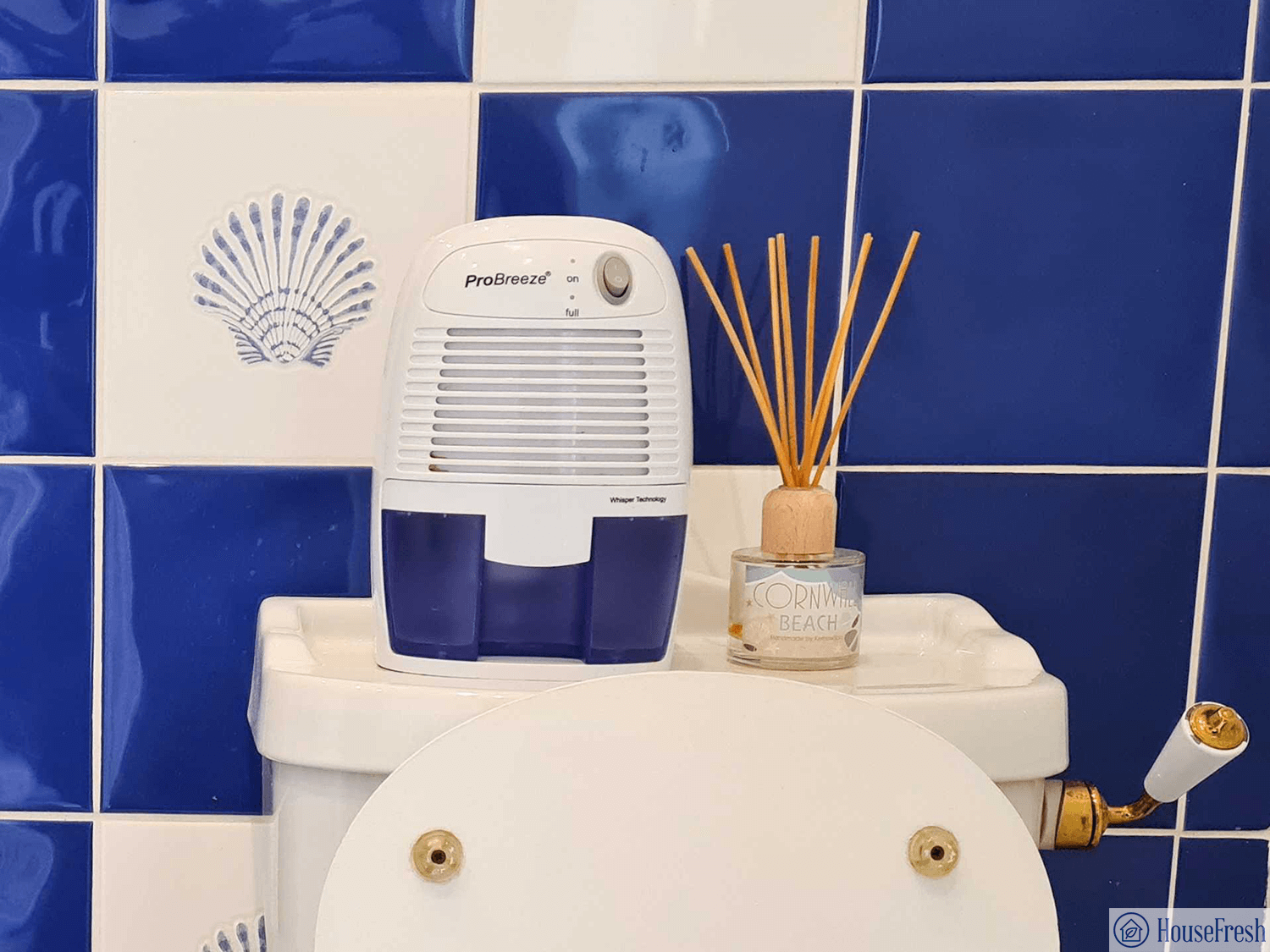
Remember, hot air rises, so if it seems like your whole house is hot and muggy, consider placing the dehumidifier on the ground level so that your unit can catch the humid air before it rises and circulates throughout the rest of your home. By doing this, you’ll find that your dehumidifier draws significantly less power, and you’ll also be able to extend the life of your filter, which can save you additional money in the long run.
Performing regular maintenance
Dehumidifiers are electronic appliances and, as such, have many moving parts. Over time, your dehumidifier might become less energy-efficient due to clogged filters or air chambers, which can cause the motor to have to work harder, which in turn draws more energy. So, by de-clogging your filters regularly and performing other maintenance on your unit from time to time, you’ll be able to keep the device working at its optimal energy efficiency.
Other methods of reducing humidity
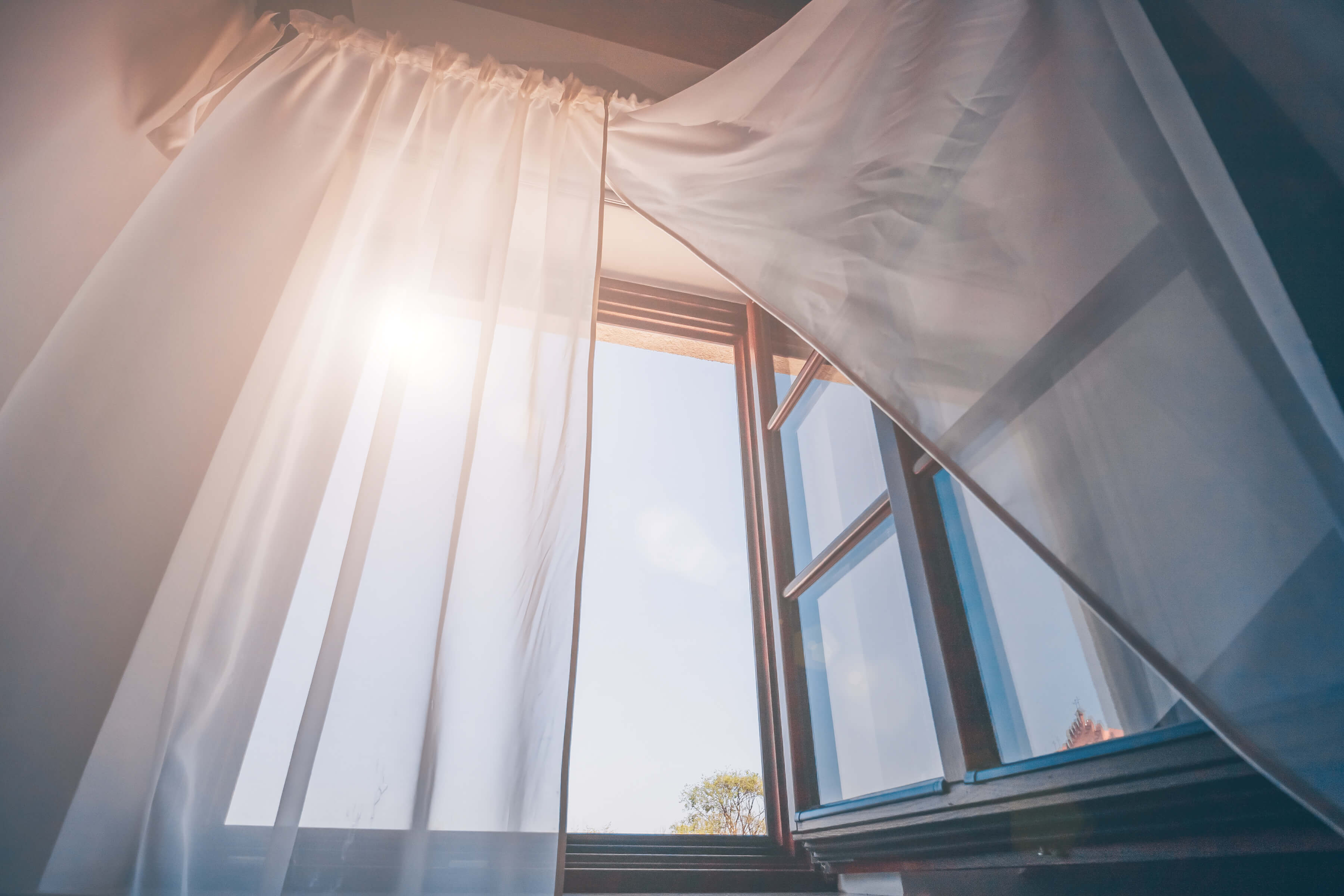
Some other more natural methods of reducing the humidity in your home can help your dehumidifier draw less power as well. For example, something as simple as closing the windows on hot days can make a significant difference. Of course, it’s nice to have a breeze in your home, but if it’s a hot breeze, then you’ll only be making matters worse; consider using an air-conditioner instead.
Running normal oscillating fans can make an immediate difference in terms of lowering your home’s relative humidity. Taking shorter showers that prevent large amounts of steam from building up can also make a huge difference when it comes to preventing the relative humidity from rising.
All of these things combined can help make it so that your dehumidifier doesn’t need to work as hard to pull the humidity out of the air, which will make a noticeable difference when your energy bill arrives.
Summary
Most of the modern dehumidifiers on the market, despite their size, actually use a shockingly small amount of electricity compared with other home appliances, with the average home dehumidifier only consuming, on average, between 300-700 watts of power. Older dehumidifiers tend to draw more power, so be sure to look on your machine or the manufacturer’s website for the energy efficiency of your specific dehumidifier.
Although dehumidifiers don’t use a ton of electricity, there are still a few ways that you can make them even more energy efficient. By placing your dehumidifier near the source of the humidity, cleaning the filters and performing regular maintenance often, and trying your best to limit the buildup of humidity in your home, you can help your dehumidifier draw less power, which will lower your energy bill.






